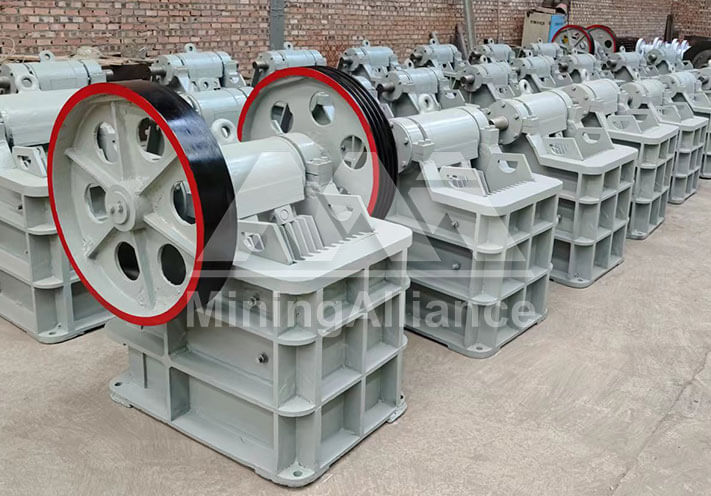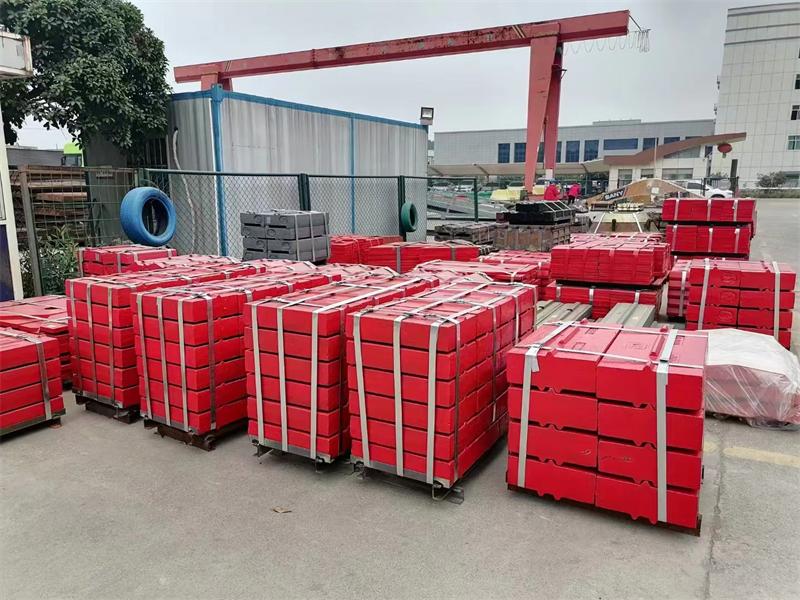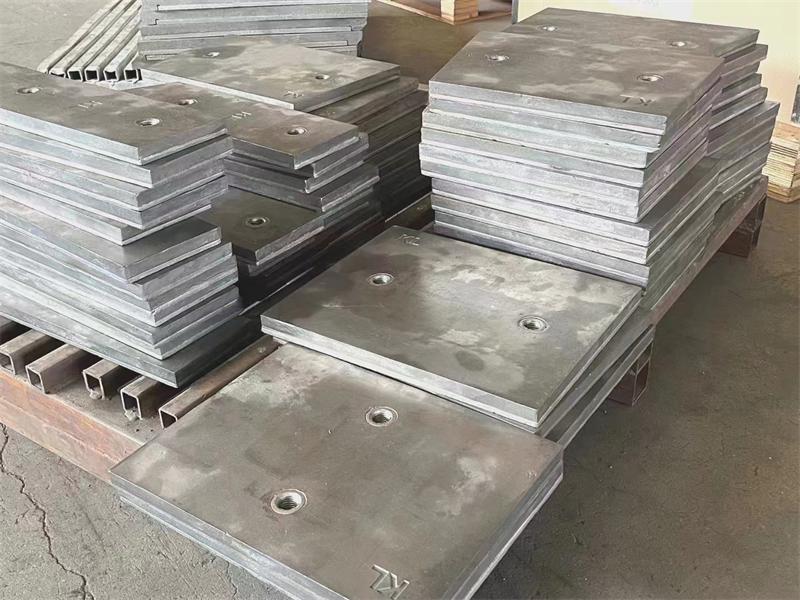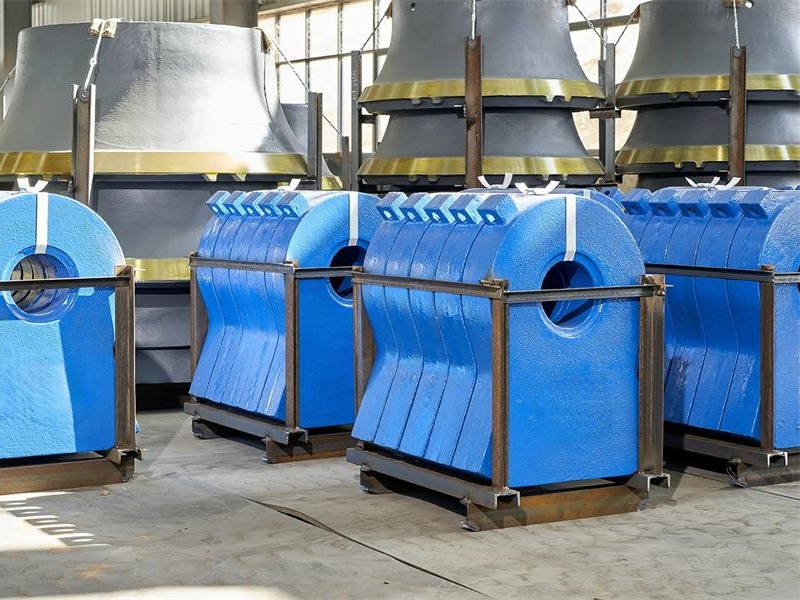In the world of heavy-duty crushing equipment, reliability and durability are not just desirable traits—they are operational necessities. One critical yet often underestimated component that significantly contributes to the long-term performance of a jaw crusher is the side guard plate. Located along the inner chamber walls of the crushing cavity, these plates act as a protective shield between the raw material and the steel frame of the machine, absorbing impact forces and resisting abrasive wear.


The side guard plate is typically crafted from high-manganese steel, chromium steel, or other premium-grade wear-resistant alloys that offer both toughness and longevity. When processing hard rock, such as granite, basalt, or iron ore, the repeated force of large feed material against the crusher chamber would rapidly degrade the frame if not for this layer of protection. By absorbing and deflecting the brunt of wear and tear, side guard plates preserve the structural integrity of the equipment, thereby reducing the frequency and cost of frame repairs or replacements.
Moreover, the side guard plate also plays a secondary role in maintaining the geometry of the crushing chamber, ensuring optimal feed flow and preventing the buildup of material against the sides. This contributes to consistent crushing efficiency and a uniform product size.
In mobile jaw crushers, the need for durable side guard plates becomes even more pronounced. These mobile units are regularly deployed to harsh and dynamic environments, including open-pit mines, demolition sites, and remote construction zones. Constant vibrations, variable feed materials, and frequent relocations place greater stress on all mechanical components. The side guard plate must, therefore, withstand both mechanical fatigue and unpredictable impact loads. A failure in this component could halt operations entirely, making its reliability a key factor in overall machine uptime.
Modern side guard plates are also engineered for ease of installation and replacement, often using modular bolt-on systems that minimize service time. For plant operators, this translates to shorter maintenance windows and less downtime, further reinforcing the value of investing in high-quality protective components.




